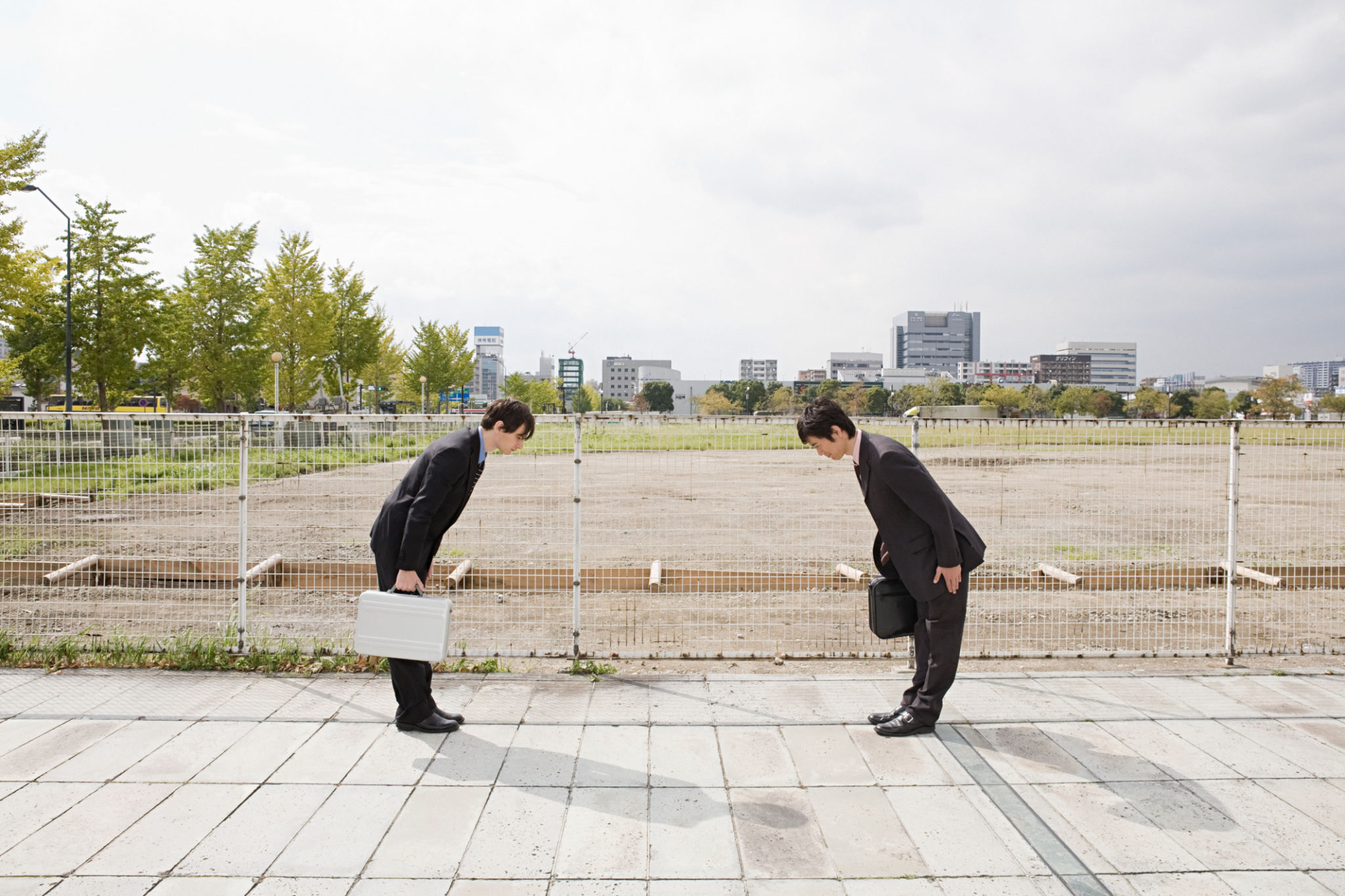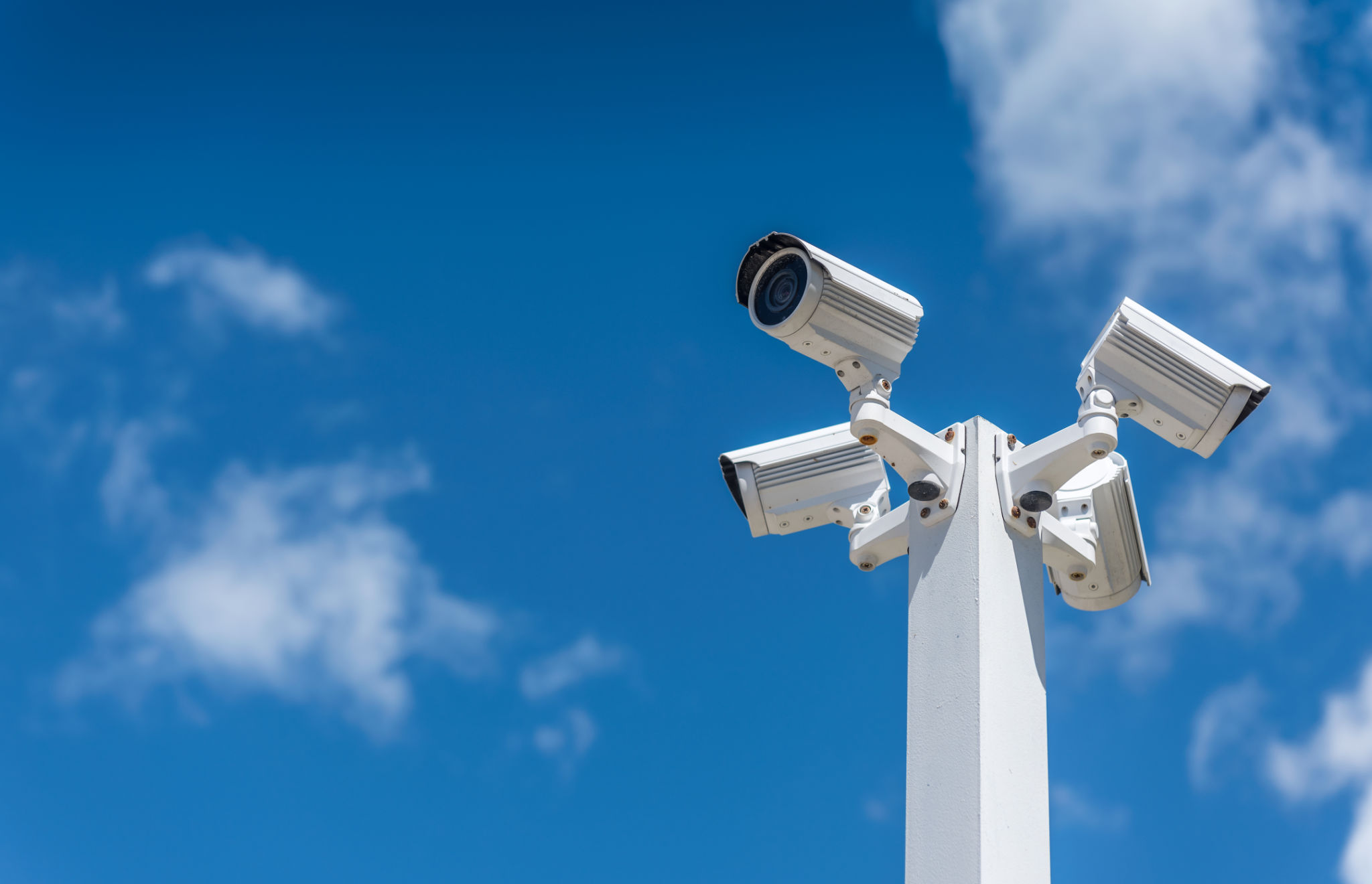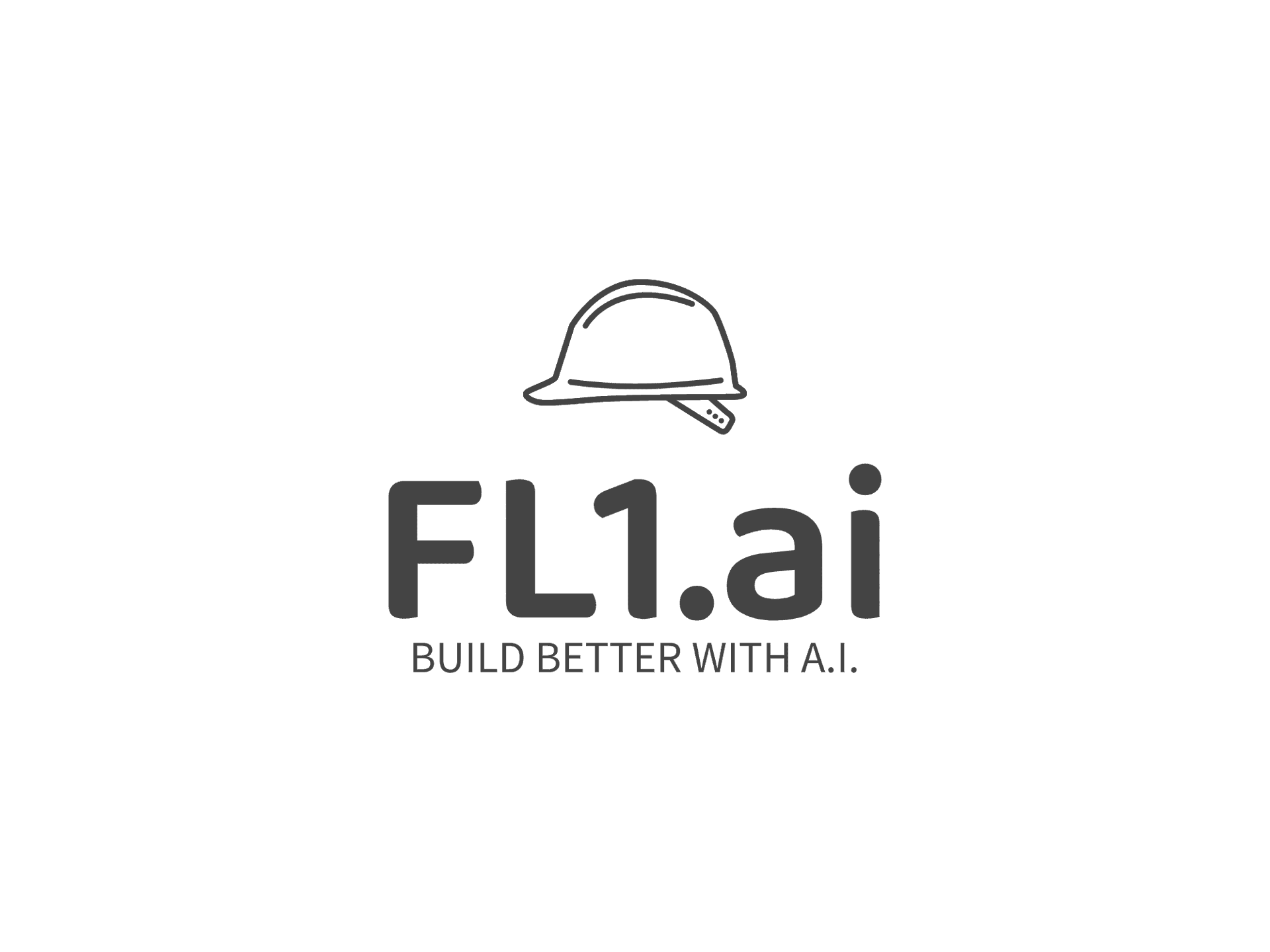AI Solutions for Safer Construction Sites: A Comprehensive Guide
Introduction to AI in Construction
The construction industry is rapidly evolving, with technology playing an increasingly crucial role. Among the latest advancements, Artificial Intelligence (AI) stands out as a game-changer, primarily in enhancing safety on construction sites. By leveraging AI solutions, companies can significantly reduce risks and create a safer working environment for their workforce.
Implementing AI not only aids in preventing accidents but also improves overall efficiency. From predictive analytics to real-time monitoring, AI technologies are revolutionizing how safety protocols are managed and executed on construction sites.

Predictive Analytics for Risk Assessment
AI-driven predictive analytics is one of the most promising applications in construction safety. By analyzing historical data, these systems can identify potential hazards before they occur. This proactive approach allows site managers to mitigate risks and take preventive measures.
Construction companies can use predictive analytics to assess factors like weather conditions, equipment maintenance records, and worker behavior patterns. By understanding these variables, companies can forecast potential safety issues and address them proactively.
Real-Time Monitoring and Alerts
Real-time monitoring is another critical application of AI on construction sites. AI-powered cameras and sensors continuously scan the site, detecting any unsafe conditions or behaviors. These systems can issue instant alerts to supervisors, allowing for immediate corrective action.

Moreover, wearable technology integrated with AI can monitor workers' health metrics, such as heart rate and fatigue levels. This data helps in identifying signs of physical distress or exhaustion, enabling timely intervention to prevent accidents.
Automated Equipment Management
AI solutions extend to equipment management, ensuring machinery is used safely and efficiently. Automated systems can track the condition of equipment and predict when maintenance is required, reducing the risk of malfunctions that could lead to accidents.
Furthermore, AI can optimize equipment usage by analyzing patterns and suggesting adjustments to improve productivity while maintaining safety standards. This contributes to a safer site by minimizing human error and ensuring machinery operates within safe limits.

Enhancing Training Programs
AI is also transforming how construction workers are trained. Virtual Reality (VR) simulations powered by AI provide a realistic and immersive training experience. Workers can practice handling various scenarios safely before encountering them in the field.
These training programs are adaptable, assessing each worker's progress and tailoring exercises to address specific weaknesses. This personalized approach ensures that workers are well-prepared and confident in managing real-world situations safely.
The Future of AI in Construction Safety
The integration of AI into construction safety protocols is still evolving, but its potential is undeniable. As technology advances, AI solutions will become even more sophisticated, offering new ways to enhance safety and efficiency on construction sites.
Companies that embrace these technologies will not only benefit from improved safety records but also gain a competitive edge in the industry. By prioritizing worker safety through AI innovations, construction firms can build a more sustainable and responsible future.

